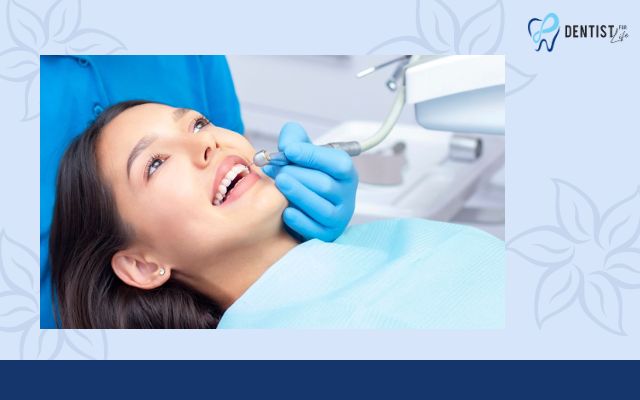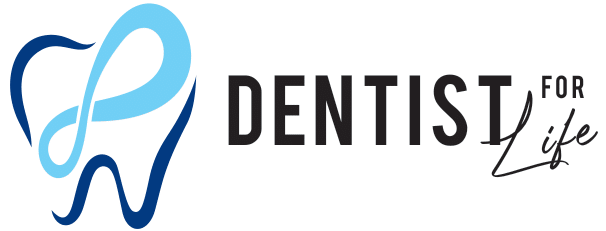If you need restorative dentistry, you may be searching for “restorative dentistry near me.” Look no further, as our dental office is conveniently located and offers a wide range of therapeutic dental services. Whether you need a filling, crown, bridge, or dental implant, our experienced team is here to help restore your smile and oral health.
What is restorative dentistry?
Restorative dentistry involves dental work to address oral health issues and restore the function and appearance of teeth. While not recognized as a dental specialty by the American Dental Association (ADA), general dentists can perform restorative dentistry with additional training and certification. Prosthodontics is a branch of dentistry that focuses on restorative procedures such as fillings, veneers, dentures, dental implants, and bridges.

Who needs restorative dentistry?
If you experience the following problems, you may need restorative dentistry:
Tooth decay/tooth decay.
Damaged or broken teeth.
Tooth loss.
See more: Discovering the True Teeth Whitening Cost: What You Need to Know
What’s the difference between restorative dentistry and cosmetic dentistry?
Restorative dentistry is aimed at enhancing oral health and functionality, while cosmetic dentistry is aimed at enhancing the aesthetic appearance of your smile.
Certain dental procedures provide both functional and cosmetic enhancements, known as aesthetic restorative dentistry. For instance, a dental crown not only restores chewing function but also contributes to a more uniform smile.
What is the significance of restorative dentistry?
Restorative dentistry offers the optimal opportunity for sustained oral health. Your dentist can assist in restoring your smile to its full functionality by repairing damaged or decayed teeth, thereby enhancing your capacity to eat, speak, and chew.
What are the types of dental restoration?
Depending on your specific oral health needs, there are various types of dental restorations available:
Fillings
When bacteria erode your tooth enamel, creating a cavity, dental fillings are used to repair smaller cavities. During this procedure, your dentist removes the decayed portion of the tooth and fills the hole with a tooth-colored composite material. This process stops the progression of tooth decay and reduces the risk of further damage.
Crowns
Dental crowns are utilized by dentists to repair large cavities or restore broken teeth. Also known as caps, crowns cover the entire tooth. To place a crown, your dentist must first remove some of your natural tooth enamel, shaping the tooth by shaving part of it down and then placing the crown over it.
See more: Quick and Easy Methods for Tightening a Loose Tooth at Home
Root canal therapy
When a cavity or crack extends deep into your tooth, reaching the pulp, it can lead to a painful infection if bacteria infiltrate the pulp. In such situations, root canal therapy becomes necessary.
During this procedure, your dentist eliminates the diseased pulp, including the small nerves and blood vessels inside the tooth. Subsequently, they meticulously clean and disinfect the interior surfaces of the tooth, filling the canals with a rubbery dental material known as gutta-percha. Finally, a filling is placed to seal the tooth and prevent bacteria from entering.
Bridges
In most instances, individuals undergoing root canal therapy also require a crown to provide additional strength and support.
Dental bridges are used to replace a single missing tooth or a row of missing teeth. The bridge comprises artificial teeth with dental crowns on either side. Your dentist will reshape (shave down) your natural teeth on both sides of the gap and then affix the bridge to your natural teeth. The crowns are placed over your natural teeth, with the artificial teeth spanning the gap between them.
Dentures
Dentures are a conventional option for replacing missing teeth. Full dentures replace an entire arch of missing teeth, while partial dentures replace several missing teeth in different areas. Dentures rest on top of your gums, and the jawbone underneath supports them.
Alternatively, you can choose implant-supported dentures. These appliances are similar to traditional dentures, but they attach to dental implants instead of resting on your gums for support. This offers significantly more stability than conventional dentures.
See more: Understanding the Stages of Tooth Extraction Healing
Risks / Benefits

What are the benefits of restorative dentistry?
Restorative dentistry provides a wide range of advantages for individuals of all ages. For instance, it can:
Restore oral health
Improve chewing function
Alleviate dental pain
Decrease the likelihood of future dental problems
Enhance the appearance of your smile
What are the potential drawbacks of restorative dentistry? The most common risk involves sensitivity or general discomfort following a restorative dentistry procedure. In sporadic cases, an infection or allergic reaction to the metals used may occur.
What are the risks of restorative dentistry?
Dental restorations carry minimal risks. However, for instance, crowns may become chipped or loosened. Delaying the treatment of deep cavities can lead to the need for root canal therapy or tooth extraction. If you experience any issues with your teeth, it is important to promptly contact a dentist.
Conclusion
At Dentist For Life in Ohio, our commitment to restorative dentistry goes beyond mere dental care; it’s about restoring confidence, functionality, and the natural beauty of your smile. With a dedicated team and state-of-the-art facilities, we prioritize personalized treatments tailored to your unique needs. Whether you require dental implants, crowns, bridges, or any other restorative procedure, our clinic aims to deliver top-tier services ensuring lasting results. Experience the transformative impact of our restorative dentistry solutions. Schedule a consultation today and embark on a journey towards a healthier, more vibrant smile with Dentist For Life in Ohio.



